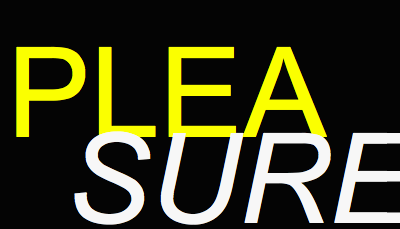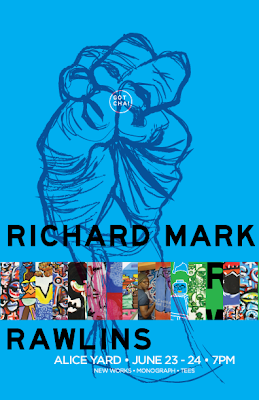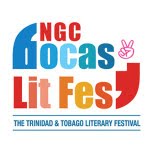Glass ceiling: 'Shattered' by Linda Ahwal-Kowlessar, 2004, tempered glass, currently on display at the 'Women in Art' exhibition at the National Museum and Art Gallery.
***
THE IDEA that art can have a gender: that the sexes approach art differently and that the products of male and female artists differ in clear ways is one that some people still seem to cling to. Consider VS Naipaul’s latest comments which have triggered controversy (and at least one cool feature on the UK’s Guardian website).
In an interview at the Royal Geographic Society at the UK on Tuesday, Naipaul was asked if he considered any woman writer his literary match. He replied: “I don’t think so.” Of Jane Austen—whose work he has dismissed as “gossip”—he said he “couldn’t possibly share her sentimental ambitions, her sentimental sense of the world”. Naipaul said he felt that women writers were “quite different”:
“I read a piece of writing and within a paragraph or two I know whether it is by a woman or not. I think [it is] unequal to me,” he said. The author, who was born in Trinidad, said this was because of women’s “sentimentality, the narrow view of the world”.
“And inevitably for a woman, she is not a complete master of a house, so that comes over in her writing too,” he claimed. He added: “My publisher, who was so good as a taster and editor, when she became a writer, lo and behold, it was all this feminine tosh. I don’t mean this in any unkind way.”
But we don’t have to go all the way to the UK and to Naipaul to see ideas like this in play.
Witness the fact that the state-owned National Museum and Art Gallery on Keate Street, Port-of-Spain, currently has an exhibition on called “Women in Art”.
Consider that title again and all its positive and negative implications:
Women in Art: Women make their own unique brand of art, come see!
Or
Women in Art: Art is not all done by men, lo and behold there are women artists too!
Or
Women in Art: The work of this group of female artists can stand alone as a testimony to the fact that women make work as good as men!
Or
Women in Art: In a world dominated by male hierarchies female artists are not being appreciated, appreciate them now!
You could criticize the title of the museum’s exhibition (which is actually a fine gathering of work by the likes of Pat Bishop, Susan Deyal, Adele Todd, Abigail Hadeed and many others) for implying and enforcing a notion of male dominance that must be rebelled against. Worse, you could say that the title implies that women make a particular type of art: recognizable perhaps in the Naipaulian manner.
The title could be read positively, however. It could imply that while men dominate the art world, the work of women is equal. In other words, the title, combined with the fine quality of the work on display, become a powerful statement demonstrating that women make art, not inferior work.
A review of the pieces in the exhibition provide no clue to its gender assumptions. Of course this is correct: the work is work is work, not didactic, not narrowly obsessed with one theme. Or perhaps this is better explained by the exhibition’s precursors: the ‘Women in Art’ exhibitions put on by the association of artists called, funnily enough, ‘Women in Art’ (you can check out their website here).
Is there not something odd about an organization based on gender putting on an exhibition whose title ties it in some way to gender? Do we feel the need to have an organization called "Men in Art"?
At the same time, there are some realities: the art world, traditionally, and like all of the professions, has been seen for centuries as a man's world. While there is inherently nothing that distinguishes female and male experience in this regard (except in experiences of different gender norms), there is perhaps a need to defiantly send a message: The work of this group of female artists can stand alone as a testimony to the fact that women make work as good as men!
Perhaps only Naipaul would see it differently.








































